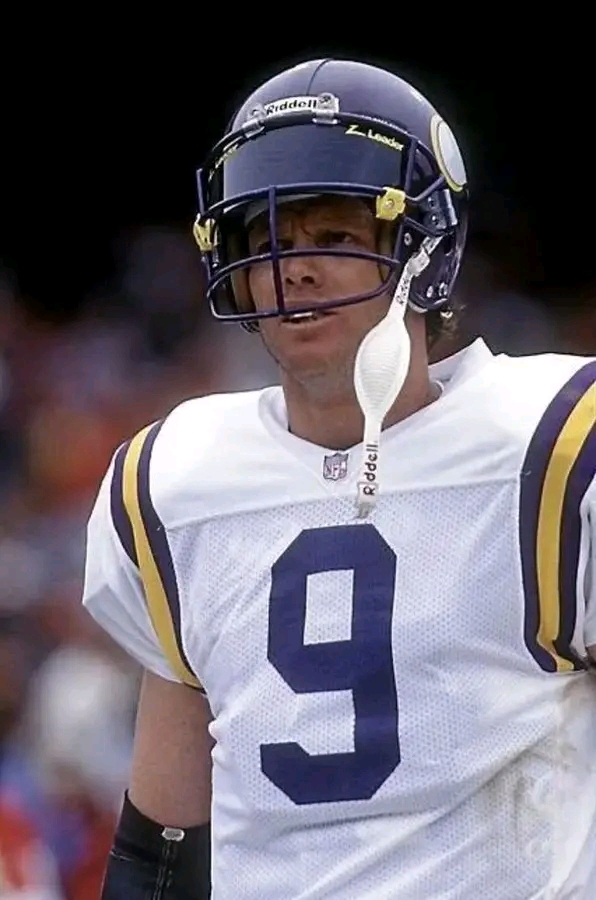Jim McMahon never fit the mold. He wasn’t polished, he wasn’t conventional, and he definitely wasn’t quiet. But when it came time to lead, there were few quarterbacks tougher, scrappier, or more fearless than McMahon. In an NFL world craving order and image, McMahon brought edge and attitude, and he brought victories. Best remembered as the wild-eyed leader of the 1985 Chicago Bears, the man in the black headband didn’t just quarterback a team—he ignited a revolution. The NFL had never seen a player quite like him, and decades later, it still hasn’t.
McMahon’s rise to stardom began with the Chicago Bears, a team that had struggled for relevance in the early 1980s. That all changed with the arrival of the brash quarterback from BYU. Armed with pinpoint accuracy, a cannon for an arm, and a don’t-care-what-you-think demeanor, McMahon quickly earned the trust of head coach Mike Ditka and the respect of his teammates. The defining moment of his career came in January 1986, when he led the Bears to a dominant Super Bowl XX victory over the New England Patriots. That 46-10 blowout wasn’t just a win; it was a message to the league. The Bears were kings, and McMahon was their fearless commander.
The 1985 Bears defense might have been the most feared unit in NFL history, but McMahon was the offensive spark that kept the team firing on all cylinders. He took hits that would sideline most quarterbacks, yet kept getting up, running plays, and delivering bombs downfield. He played through pain, defied doctors’ orders, and made clutch throw after clutch throw. His antics off the field became legendary—wearing Adidas headbands in defiance of the NFL’s uniform code, mooning reporters, and calling out authority without hesitation. But behind the chaos was a pure competitor, a quarterback who hated losing and thrived under pressure.
After Chicago, McMahon’s career became a whirlwind tour through the NFL, taking snaps for the San Diego Chargers, Philadelphia Eagles, Minnesota Vikings, Arizona Cardinals, Cleveland Browns, and finally the Green Bay Packers. His role changed from starter to seasoned veteran, but his influence never waned. In 1993, he brought his fiery leadership to the Minnesota Vikings. Even in a backup role, he inspired and mentored younger players, always keeping the locker room sharp. And in 1996, he added another Super Bowl ring to his collection as Brett Favre’s backup with the Packers, becoming one of the rare players to win titles with two different teams.
Jim McMahon’s legacy isn’t just etched in wins and stats—it’s in the culture he helped shape. He proved that personality could co-exist with production, that grit and swagger could drive greatness. He was never afraid to speak out about injuries, the league’s treatment of players, and the need for better post-career support. Long after the cleats came off, McMahon remained a fighter, this time for his fellow players’ rights and safety. He’s a hero to Chicago, a legend in NFL history, and a symbol of rebellion done right. If Chuck Foreman was the quiet revolutionary with his spin moves, Jim McMahon was the loud, fearless gunslinger. And football was never the same after he picked up tJim McMahon, a former American football quarterback who played in the NFL for 15 seasons, most notably with the Chicago Bears. He also played for the Minnesota Vikings in 1993.
McMahon led the Chicago Bears to a Super Bowl victory in January 1986. He also played for the San Diego Chargers, Philadelphia Eagles, Arizona Cardinals, Cleveland Browns, and Green Bay Packers
.he ball.
